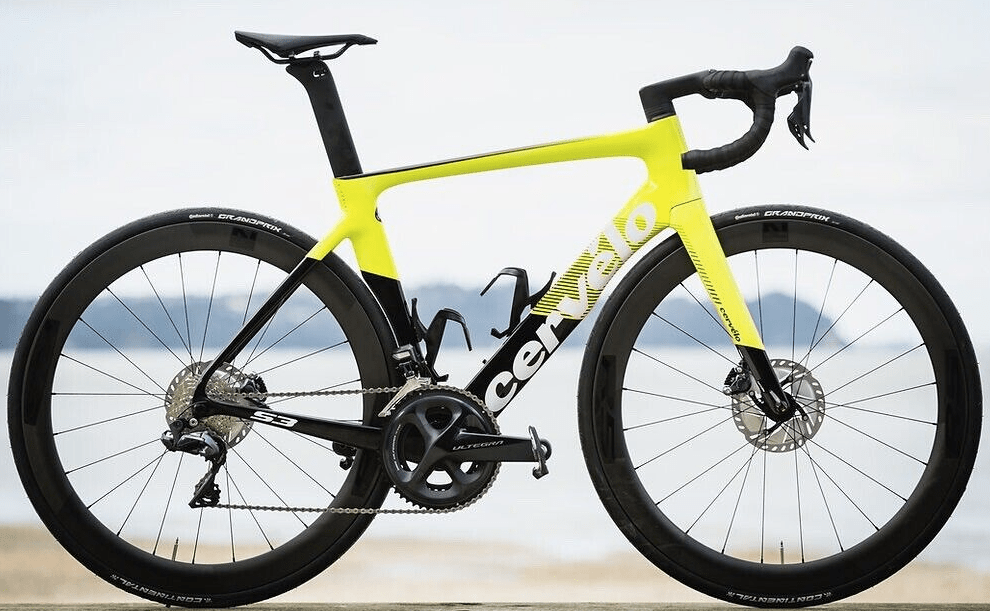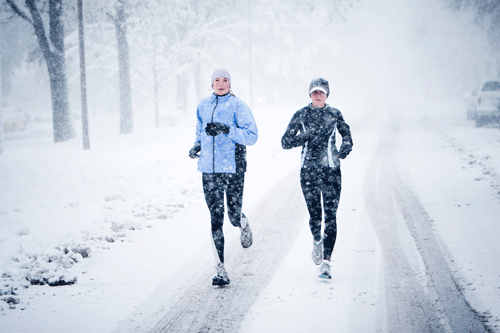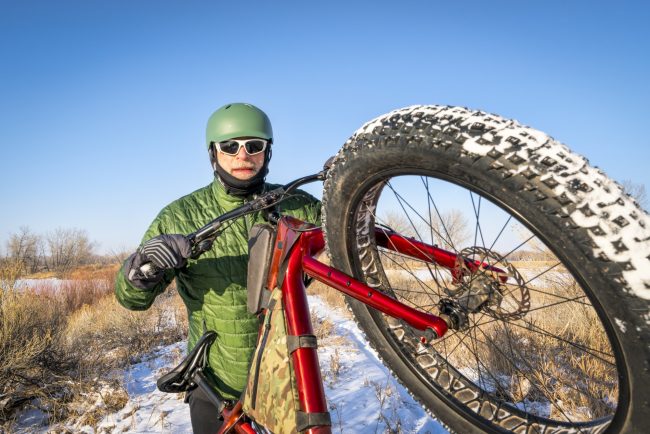Shimano WH-R500 Wheelset Review
When is comes to road bike wheelsets, the Shimano WH lineup is a classic that has stood the test of time.
Shimano’s WH-R500 — and the subsequent WH-R501A model — is positioned as an entry-level wheelset that provides an economical alternative for riders looking for a basic training wheelset. A … Read More
















